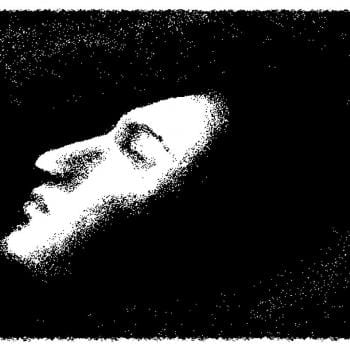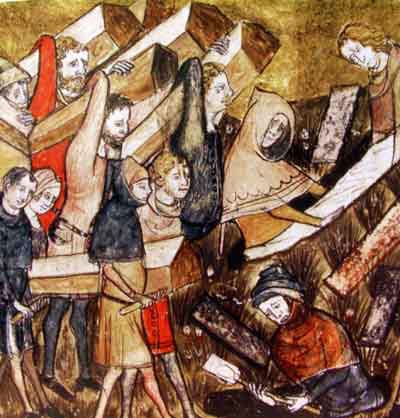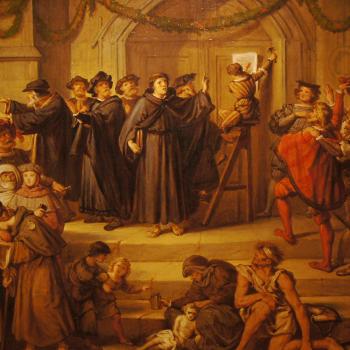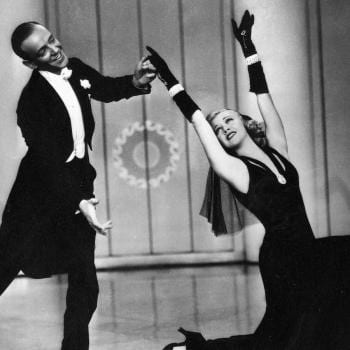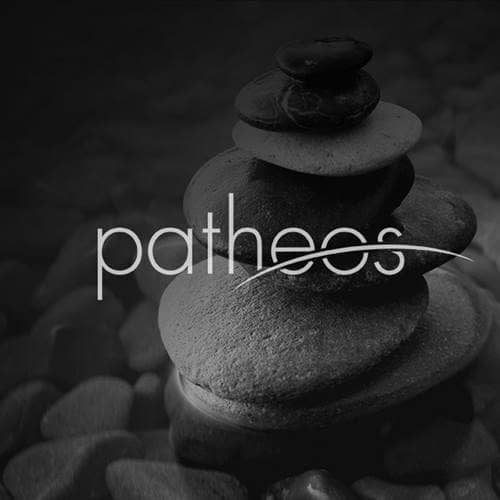- Trending:
- Pope Leo Xiv
- |
- Israel
- |
- Trump
- |
- Social Justice
- |
- Peace
- |
- Love
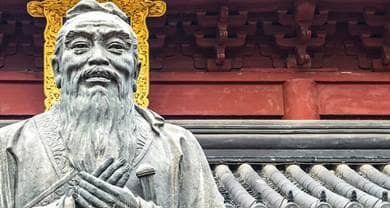
RELIGION LIBRARY
Confucianism
By the Han dynasty, the Lunyu, Mengzi, Zhongyong, and Daxue were well known in their current forms but still were not valued as highly as the allegedly-older Wujing texts. It was not until these four texts were canonized as the Sishu (Four Books) by the Confucian reformer Zhu Xi (1130-1200 C.E.) that the Wujing texts were superseded as the primary Confucian scriptures. By that time, Confucians had experienced more than one thousand years of encounter and rivalry with Buddhism, not to mention sectarian Taoism.
Imported from South and Central Asia around the beginning of the Common Era, Buddhism offered a well-articulated theory of afterlife and salvation that was missing in early Confucianism, and also provided an alternative to marriage and family life for those who were willing to take vows as a monk or a nun. Taoism, although rooted in early texts and traditions that are contemporary with early Confucianism, responded to the introduction of Buddhism by adopting many of its elements and practices, including theories of karmic retribution and rebirth and an emphasis on divinely-revealed scriptures, while offering its own distinctive vision of afterlife and salvation through the attainment of personal immortality. While some Confucians condemned Buddhism and Taoism, usually because of their perceived threats to Chinese social values, other Confucians adopted, covertly or overtly, many Buddhist and Taoist ideas, institutions, and practices.
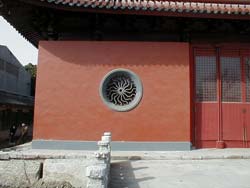 These two traditions' emphases on meditation and metaphysics influenced Zhu Xi and other Confucians, such as Zhang Zai (1020-1077 C.E.) and Wang Yangming (1472-1529 C.E.), to revisit ancient texts such as the Yijing and the Daxue. These latter-day Confucians reinterpreted these and other early scriptures through a lens informed as much by Taoist mysticism and Chan (Zen) Buddhist spirituality as by traditional Confucian concerns for social harmony and personal rectitude. Confucianism's rediscovery of its own metaphysical traditions and texts enabled it to hold its own against its Buddhist and Taoist rivals and retain its proud place as China's preeminent intellectual and spiritual tradition well into the 20th century.
These two traditions' emphases on meditation and metaphysics influenced Zhu Xi and other Confucians, such as Zhang Zai (1020-1077 C.E.) and Wang Yangming (1472-1529 C.E.), to revisit ancient texts such as the Yijing and the Daxue. These latter-day Confucians reinterpreted these and other early scriptures through a lens informed as much by Taoist mysticism and Chan (Zen) Buddhist spirituality as by traditional Confucian concerns for social harmony and personal rectitude. Confucianism's rediscovery of its own metaphysical traditions and texts enabled it to hold its own against its Buddhist and Taoist rivals and retain its proud place as China's preeminent intellectual and spiritual tradition well into the 20th century.
Study Questions:
1. What kinds of texts became the earliest Confucian scriptures?
2. What kinds of texts became Confucian scriptures later on?
3. What role did Buddhism play in the development of Confucian thought?
4. What role did Taoism play in the development of Confucian thought?



